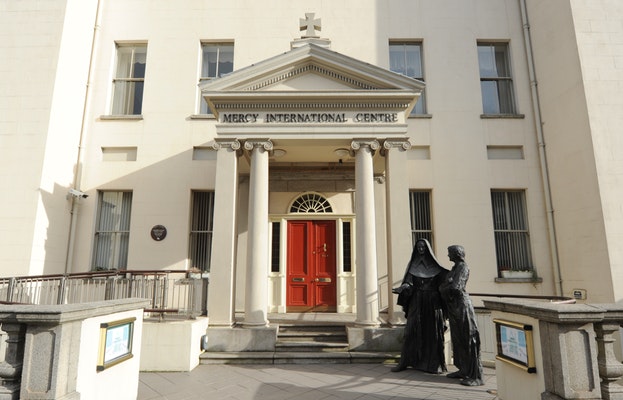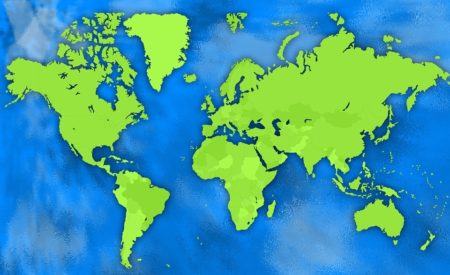The Sisters of Mercy, founded by Catherine McAuley, in Dublin, Ireland, 1831, have over the course of their journey embraced organisational change in response to the call of their ever evolving Charism.
Reconfiguration for the Sisters, has been guided and informed by their desire to respond to Mercy Mission, in every cultural time. Their commitment to the Gospel Call with particular focus on the Relief of Poverty, has shaped the course of their journey.
In the beginning, over a period of ten years, Catherine McAuley, opened 10 Houses from the founding house in Baggot Street. These initial Foundations were in Ireland and in England, each with its own autonomy. Catherine was very alert to local conditions – “each place has its own feelings and differences which must be attended.”
 Catherine McAuley’s house in Baggot Street, Dublin (Present Day)
Catherine McAuley’s house in Baggot Street, Dublin (Present Day)
In the early years of the Order locally-based configurations emerged in terms of a school, a hostel, a work-place (laundry) and visitation of the sick.
Eventually more diverse ministries developed – hospitals to provide the best medical care to those without means to pay, field hospitals in war zones in the Crimea and USA, teacher training colleges, refuges for abandoned children, shelter for ex-convicts in Australia, and many others.
With time, an organisational pattern of Mother House and Branches developed, bringing a certain stability in an organisation of rapidly increasing membership and growing demands of Ministry. This new pattern enabled Mission outreach to places like Newfoundland, Alabama, South Africa, Perth and, at the call of the Maori People, to New Zealand. This period saw huge increase, at home and abroad, of many small independent communities expanding into larger ones and founding new houses as the need arose.
The first 100 years of the Religious Order was a period of growth and stability, marked by a common Mercy culture. This held together until Vatican II asked new questions. Numbers grew from 100 Sisters in Catherine’s time to something like 15,000 worldwide, a mere sixty years later, and to more than 22,000 worldwide within another sixty years. A strong overseas mission-energy marked the early decades but this began to decrease towards the end of the 19th century.

For more information on our story, please click here.


